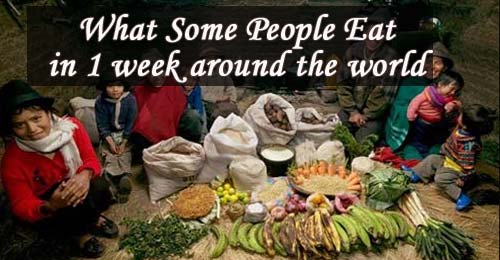We can only assume what trends in nutrition await humanity. Preferences, history and geography, social and economic conditions, ecology change every year. All of this will affect products, cooking techniques and final dishes.
Minimum pork
Experts believe that the level of pork consumption will decline even more. Both religious reasons and principles of healthy eating contribute to this. The number of Muslims on the planet is growing faster than representatives of other faiths. Muslims have the highest birth rates and are actively emigrating to non-Muslim countries. And the craze for proper nutrition, where there is no place for too fatty meat, also leads to a decrease in the consumption of pork.
Desert vegetables
Vegetarianism is gaining momentum. Every year this food has more and more fans. This means that the level of consumption of vegetables and grains in the future will grow significantly. Agricultural land is no longer enough, and scientists are working to create new cultivation technologies – for example, greenhouses in the desert.
Geneticists are working hard to develop new varieties of plants that are resistant to changes in the harmful phyto flora. Genetic changes are also related to medicinal properties: Professor Katy Martin of Norwich has developed a tomato variety with a high level of anthocyanin pigment, which protects against certain types of cancer, cardiovascular diseases and dementia.
Meat in a test tube
Scientists predict that meat consumption will double by 2050. 70% of agricultural land has already been allocated for raising animals, but this is not enough. This will not only lead to an increase in prices, but also because of the harm of animal breeding for the environment, it will be necessary to look for alternative ways of obtaining animal protein – to grow meat artificially.
Locust soup
Another source of protein is insects. Scientists see great potential in entomophagy (eating insects). It is easier to grow insects: they are cold-blooded, consume several times less food than animals, give much less greenhouse gases and more edible product.
Solar powered food
The most unusual food trend is food from photovoltaics. The process of creating such dishes is very complicated and time consuming. It is necessary to install on the area where crops are grown, photoconverters with a 30% efficiency and electrosynthesis systems. Solar energy will be converted into food energy – protein-vitamin concentrate, carbohydrates and lipids.










